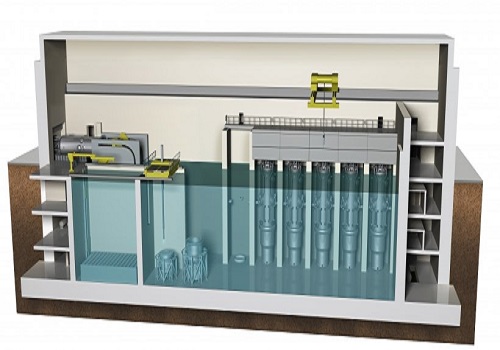Strategy : Tepid act, thunderous applause by Kotak Institutional Equities

Tepid act, thunderous applause
1QFY25 results are quite tepid, with (1) a 0.7% yoy increase in the net profits of the Nifty-50 Index companies, (2) weak volume growth and (3) moderate compression in margins. The market has cheered modest beats and dismissed large misses in earnings, which shows the ‘incremental’ nature of the prevalent investment approach. The sharp increase in prices in laggard sectors in the past few weeks renders stock-picking even more challenging.
0.7% yoy increase and 9.4% qoq decline in net profits of Nifty-50 companies
1QFY25 results seem unexciting, with (1) Nifty-50 Index companies (30 have reported so far) showing 0.7% yoy growth but 9.4% qoq decline in net profits and (2) KIE coverage companies (96 have reported so far, out of 272 stocks under coverage), showing 4% yoy growth but 6.9% qoq decline in net profits; see Exhibits 1-2. Even ignoring the high base of BPCL in 1QFY24 and of certain companies in 4QFY24 (year-end quarter), the results are quite mediocre. For now, we expect net profits of the Nifty-50 Index to increase 9.1% in FY2025 (14.6% without BPCL, COAL and HPCL through ONGC) and 14.8% in FY2026 (14.8%).
Different acts, same generous response
The market has cheered modest beats in the case of certain companies (IT services) and ignored large misses in earnings of other companies (APNT, JSTL, WIPRO). Exhibits 3-4 show the price movements of IT service stocks in the past month and earnings changes over the same period. Exhibits 5-6 show the same for stocks that missed numbers and saw earnings downgrades.
The ‘incremental’ versus the ‘absolute’
The ‘asymmetric’ response of the market to 1QFY25 results (and the FY2025 union budget) shows the irrational exuberance in most parts of the market. This irrational exuberance results in (1) a huge focus on and asymmetric response to ‘incremental’ developments and (2) ignorance of ‘absolute’ valuations and of those same developments being priced in market caps or valuations. As such, (1) positive developments (purported or real) are handsomely rewarded through large market cap. gains, even if the news may already be factored in analysts’ estimates and the same news were to recur a few times; capital goods, defense, electric utilities and railways are great examples and (2) negative developments are largely ignored (even real, except for banks). Valuations (and reverse valuations that give a good handle on the ‘absolute’) are largely irrelevant in such a market.
What ails the banks when everything else is great? ‘Incremental’ negatives
In our view, banks are fighting three ‘incremental’ negatives—(1) lower NIMs, (2) higher credit costs and (3) deposit ‘challenges’. The fact that analysts have assumed (1) lower NIMs from very high levels and (2) higher credit costs from low levels of 2HFY23-1HFY24 in their models (see Exhibits 7-8) is irrelevant for the market. The focus is on incremental developments. The deposit issue is more nuanced. We note that the challenge of low growth in CASA deposits is being loosely and wrongly conflated with growth in overall deposits and credit.
Above views are of the author and not of the website kindly read disclaimer










Tag News

Cement Sector Update : Weak print, yet gradual recovery aligns with expectations by Motilal ...



More News

Telecom Sector Upadate : Decoding the industry`s consumer postpaid subscribers by Kotak Inst...









